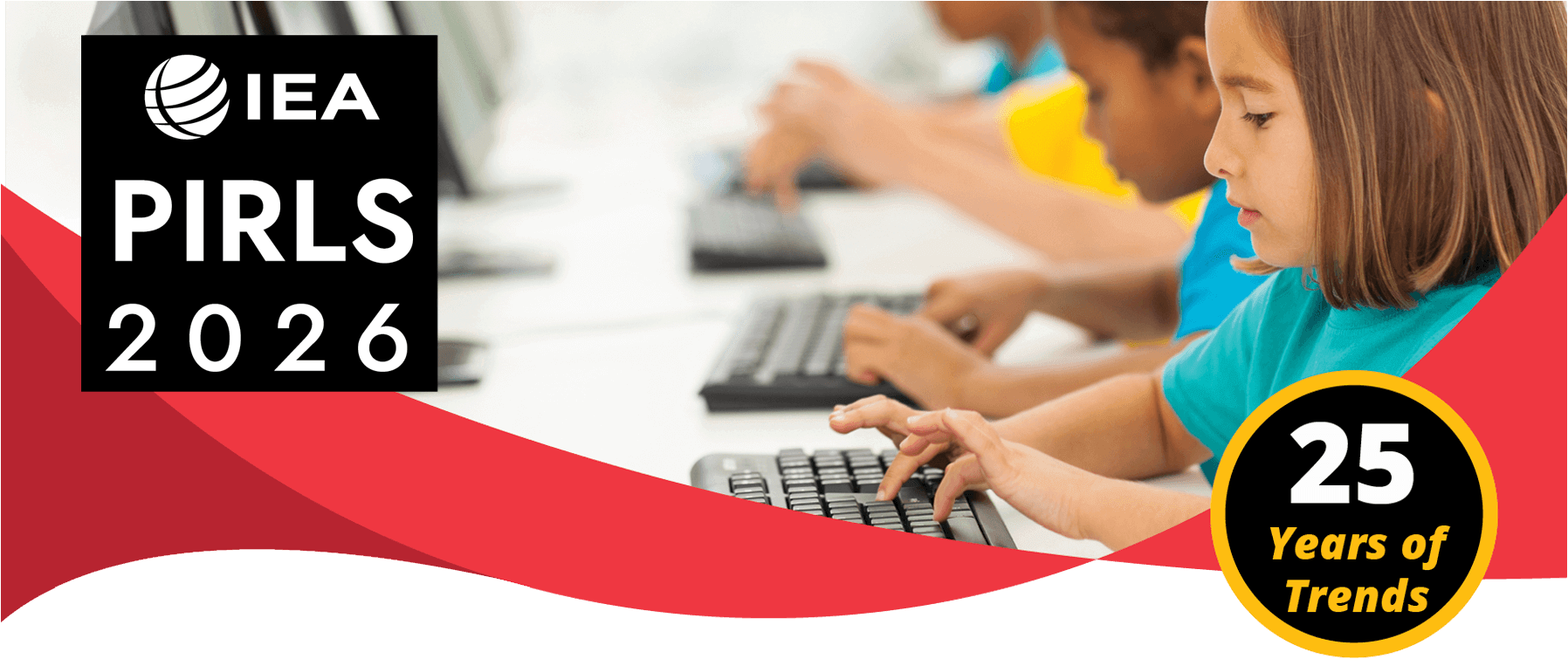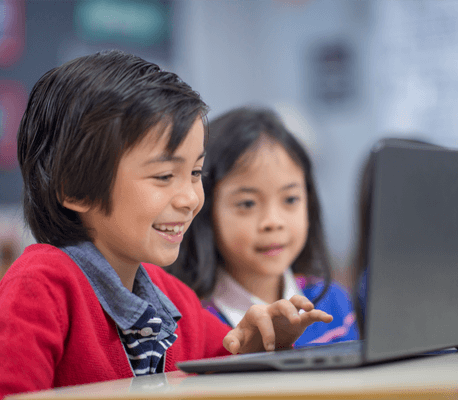
About PIRLS 2026
In 2026, IEA's PIRLS (Progress in International Reading Literacy Study), well-established as the "de facto" worldwide standard for monitoring reading comprehension achievement at the fourth grade, will mark its 25th year. PIRLS 2026 provides data on trends in comparative reading achievement across countries. PIRLS has been conducted at the fourth grade every five years since 2001. PIRLS 2026 completes the transition to a fully digital assessment.
Reading literacy is the foundation for academic success, and PIRLS is a valuable vehicle for studying whether new or revised policies impact achievement. The PIRLS reading assessment is based on a comprehensive framework that focuses on the two overarching purposes for reading that account for most of the reading done by young students both in and out of school: for literary experience, and to acquire and use information.
A Fully Digital Assessment

To facilitate important advances in assessing reading comprehension at the fourth grade, all countries in PIRLS 2026 will participate digitally. The digital assessment system will facilitate the translation process and bring greater uniformity and quality control to data collection methods and procedures. As a national option, countries transitioning to the digital format in PIRLS 2026 can conduct an additional National Comparison study between the digital and paper formats. Countries requiring a paper option can consider IEA's LaNA which uses less difficult paper-based versions of PIRLS and TIMSS to assess literacy and numeracy and provides a broad estimate of achievement on the PIRLS and TIMSS scales.
As in previous cycles, PIRLS 2026 collects and reports an extensive array of policy relevant information about students' home and school experiences in learning to read:
- Home questionnaire
- Student, teacher, and school questionnaires
- PIRLS 2026 Encyclopedia: Education Policy and Curriculum in Reading
